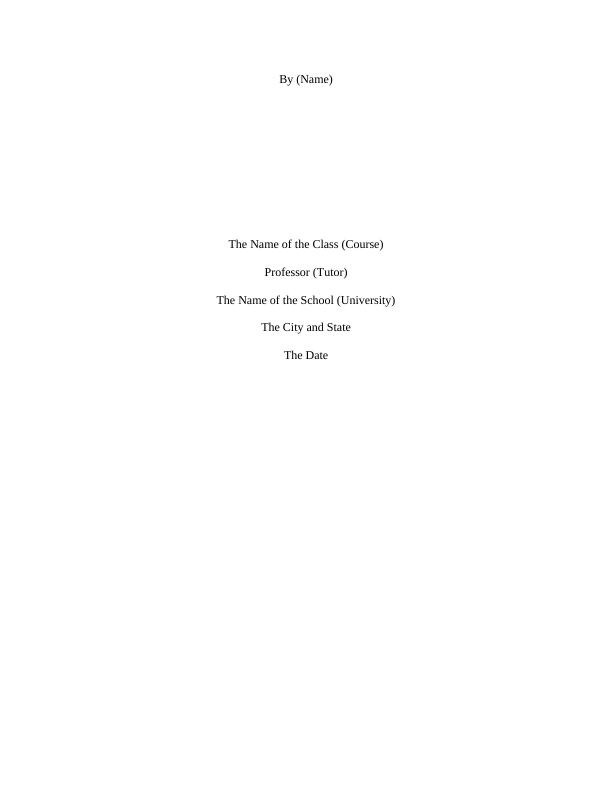Negligence Claim against Aldi Supermarket: Elements and Defenses
This assignment covers the Law of Torts and requires students to identify the issues in a given scenario, cite relevant rules, explain their application, and provide advice based on the IRAC method.
6 Pages1446 Words283 Views
Added on 2022-11-14
About This Document
This article discusses the elements of the tort of Negligence against Aldi Supermarket and the defenses that can be applied to limit or avert liability. It also explains the burden of proof, duty of care, breach of duty, causation, and loss or damage. On the flipside, Aldi Supermkarkets can also use contributory negligence as a defense. In this case, they may firmly hold that Tamara contributed to the negligence and should be partly liable for the damages.
Negligence Claim against Aldi Supermarket: Elements and Defenses
This assignment covers the Law of Torts and requires students to identify the issues in a given scenario, cite relevant rules, explain their application, and provide advice based on the IRAC method.
Added on 2022-11-14
ShareRelated Documents
End of preview
Want to access all the pages? Upload your documents or become a member.
Grant v. Australian Knitting Mills.pdf
|9
|3018
|97
Negligence and Pure Economic Loss in Construction: A Case Study Analysis
|10
|2398
|112
Business Law Assignment
|9
|2208
|85
Negligence Scenario Course 2022
|10
|2647
|9
Case Study Analysis
|7
|1723
|270
English Tort Law Assignment
|9
|2899
|81



